Finavarra House
Houses within 10km of this house
Displaying 15 houses.
Houses within 10km of Finavarra House
Displaying 15 houses.
| House name | Description | |
|---|---|---|
| Doorus House | Dooras House was built by the French family in the 18th century. At the time of Griffith's Valuation Count de Basterot was leasing this property from Henry Comerford. In 1906 Count de Basterot was the owner of a mansion house valued at £10 here. O'Connell records that the house was demolished about 1917-18. | |
| Newtown Lynch | O'Connell states that Newtown was built around 1795. At the time of Griffith's Valuation the townland of Doorus Park was part of the estate of Patrick Lynch of Renmore. John W. Lynch is recorded as the owner of this mansion house, valued at £13, in 1906. On the Ordnance Survey maps it is labelled Newtown House. It has been in ruins since the 1930s. |

|
| Hermitage or Neptune | O'Connell states that this house was originally built by Dr. Nicholas Archdeacon, probably about 1805-6. It was later the property of the Blake family and in 1862 the house was known as Hermitage House and was the residence of Francis Blake Forster. It has been in ruins since the mid-20th century. |
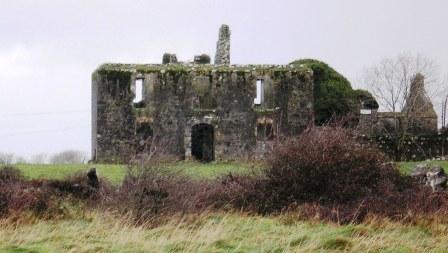
|
| Roo | The original Roo House was a single story L-shaped building. Only a small portion, which has been incorporated into farm buildings, now remains. Tradition indicates that it was leased by Bishop Nicholas Archdeacon sometime in the early 19th century. In the 1830s it was the residence of a Mr. Sellers. The house and over 100 acres was leased by the Curtin family from the Gregory estate in the 1840s but the Gregorys were later obliged to sell this part of the estate. A two-story house, now derelict, was erected on the site in the early 20th century. The property is still held by the Curtin family. |

|
| Rineen | The property at Rineen was leased to Daniel O'Dea by Henry Comerford at the time of Griffith's Valuation. It was valued at £26 and included a mill. The National Inventory of Architectural Heritage suggests it was built c.1804 by Count de Basterot. It is now a ruin. |
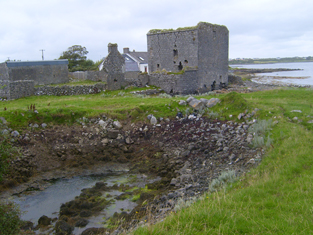
|
| Neptune Vale | O'Connell states that Neptune Vale was the original de Basterot house in the Kinvara area, probably built in the late 18th century. The house was demolished sometime in the mid-19th century although at the time of Griffith's Valuation, it was still owned by Count de Basterot and valued at £4. One of the outbuildings was possibly subsequently converted into a dwelling house. | |
| Doorus Cottage | O'Connell states that Doorus Cottage was built by the de Basterot family in the 1860s, possibly with materials from the demolished Neptune Vale. It had several owners before being given to An Oige in 1961 as a youth hostel. |

|
| Harbourhill Lodge | Marked as Habourhill Lodge on the first Ordnance Survey map, this house was occupied by the Reverend Michael O'Fea at the time of Griffith's Valuation and held from John Bindon Scott. It later became a Constabulary barracks, now a ruin. | |
| Corranroo Lodge | Occupied by Burton Bindon in 1837 and by Samuel Bindon in the mid 19th century, who held the property from Colonel Henry White with 11 acres. Weir writes that it was the home of the Misses Lloyd in the early 20th century, one a painter and the other a sculptress. The house is no longer extant. | |
| Newtown Castle | Newtown Castle was originally the home of the O'Loghlens of the Burren and Lewis records C. O'Loghlen resident there in 1837. By the time of Griffith's Valuation it was part of the estate of Colonel Henry White, later 1st Baron Annaly. The present house was a rectory at the time of Griffith's Valuation inhabited by Reverend Hugh B. Howlett. The original castle is still extant and the Burren College of Art is now located at this site. | |
| Mount Vernon Lodge | Marked on the first edition Ordnance Survey map this house belonged to William Joseph Skerrett who held it in fee at the time of Griffith's Valuation. It later became the holiday home of Sir Hugh Lane's parents and then of Lady Gregory who entertained well known literary figures at the house. Mount Vernon is still extant and used as holiday accommodation. |
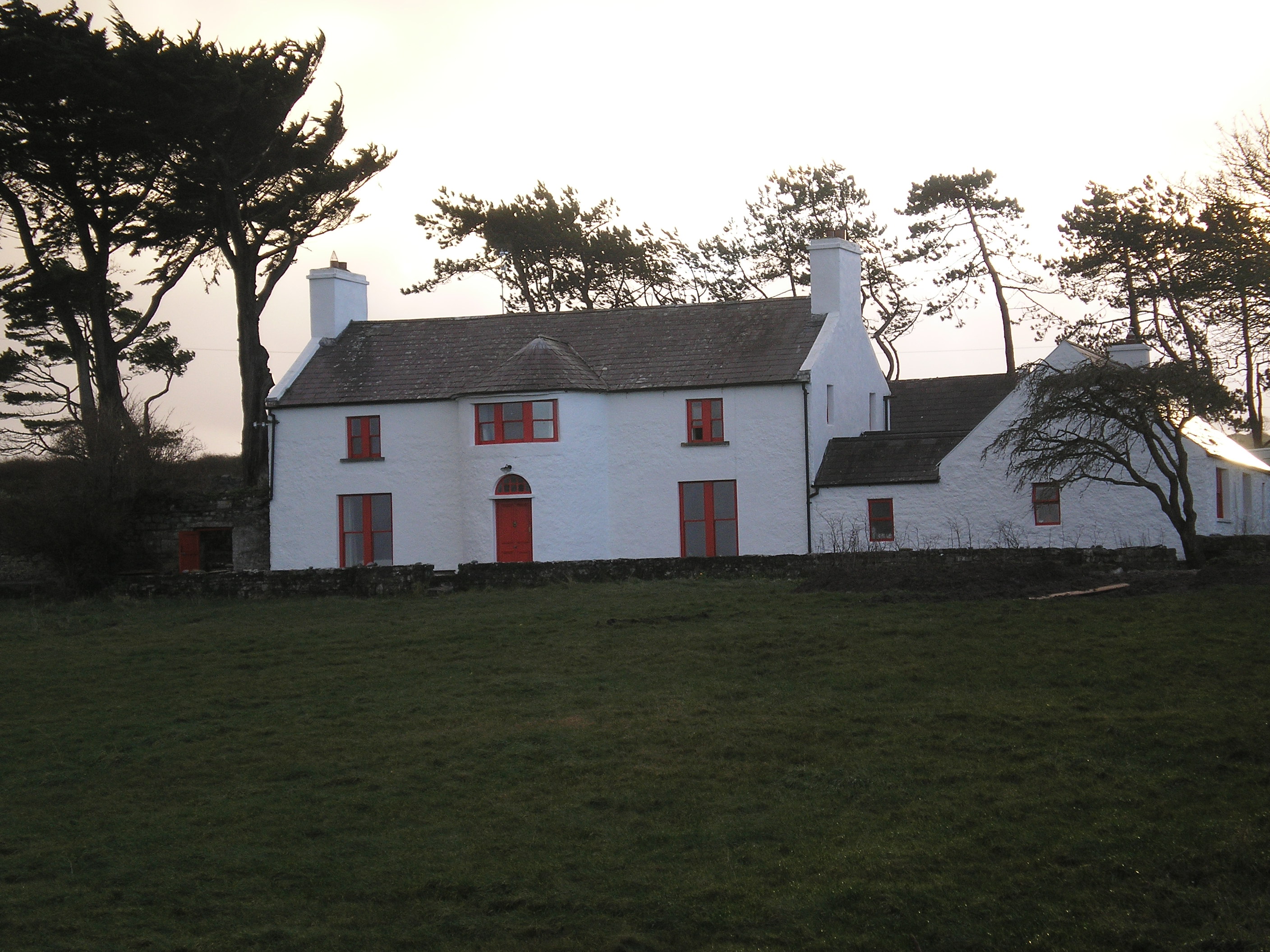
|
| Ballyallaban | Occupied by Michael O'Brien in 1814, J. O'Brien in 1837 and by Michael O'Brien at the time of Griffith's Valuation. The house and over 700 acres was held from Colonel Henry White. | |
| Sans Souci | A seaside residence, occupied by the Reverend John Westropp in 1814 and 1837, rector of Ballyvaghan. It later belonged to the Comyn family, now demolished. |
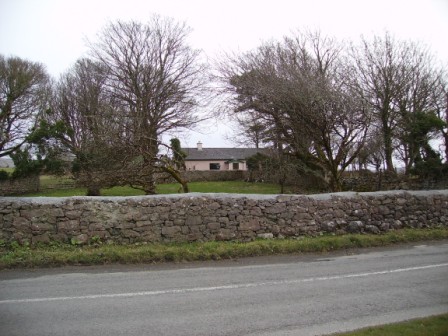
|
| Clareville | Weir writes that this house was built by a member of the Joynt family, one of whom was agent to the White estate in the early 19th century. It was valued at just over £5 and was unoccupied at the time of Griffith's Valuation. James and Michael Comyn were the immediate lessors who held over a hundred acres from Colonel Henry White. Clareville was one of the residences of William Lane Joynt in the latter half of the 19th century. An occupied house still exists at this site. |
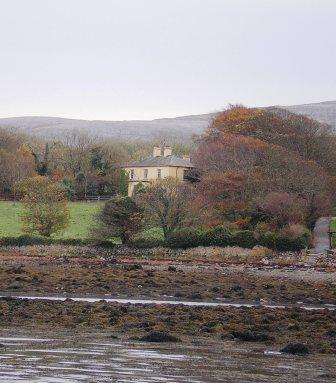
|
| Cartron | A 19th century house used as a summer residence by the Brady/Brady Browne family, now a ruin. |

